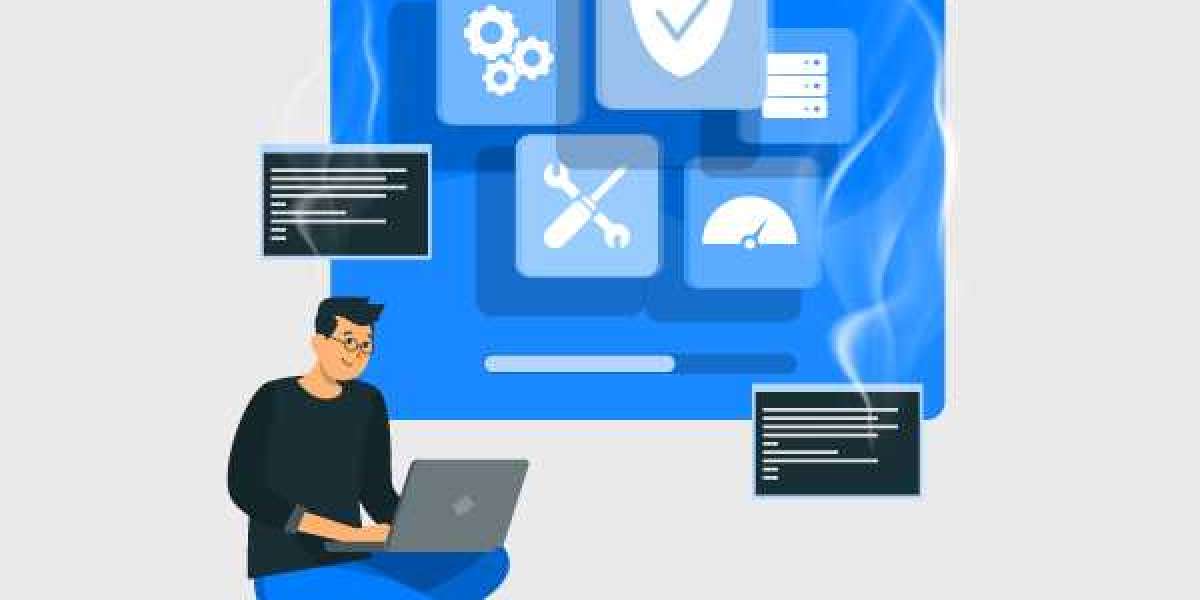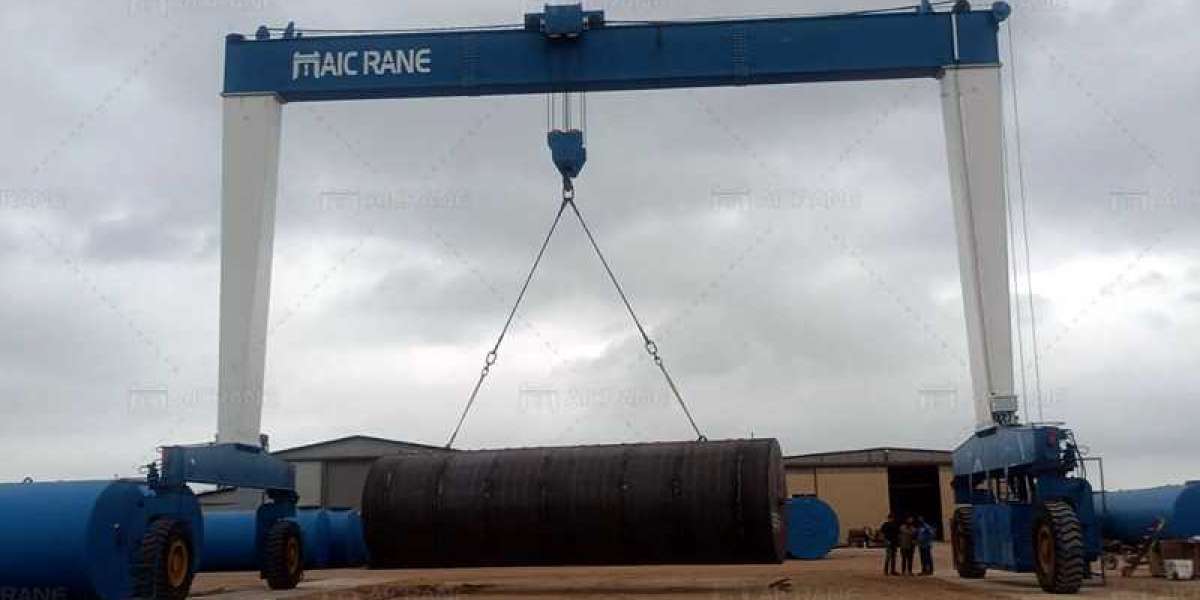Yes, smoke testing is a type of functional testing. It is a preliminary test to check the basic functionality of an application before more in-depth testing is performed. The primary goal of smoke testing is to ensure that the most critical functions of a software application are working correctly.
Key Points about Smoke Testing:
- Basic Functionality: Smoke tests focus on the core functionalities of the application, such as launching the software, logging in, and accessing key features.
- Early Detection: It helps in identifying severe issues early in the testing process, allowing developers to address these issues before proceeding with more detailed testing.
- Build Verification: Smoke testing is often referred to as "build verification testing" because it verifies that a new software build is stable enough for further testing.
- Automated or Manual: Smoke tests can be automated or performed manually, depending on the nature of the application and the testing requirements.
Functional Testing Context:
Functional testing involves verifying that the software functions as intended according to the specified requirements. It includes a wide range of testing activities, such as unit testing, integration testing, system testing, and acceptance testing.
- Smoke Testing: Verifies the stability of the critical functionalities.
- Regression Testing: Ensures that new changes have not adversely affected existing functionality.
- Sanity Testing: A subset of regression testing that focuses on verifying specific functionalities after changes.
- Integration Testing: Ensures that different modules of the application work together correctly.
- System Testing: Tests the entire system as a whole to verify that it meets the specified requirements.
In summary, smoke testing is a subset of functional testing focused on verifying the most essential functions of an application to ensure they work correctly before conducting more comprehensive testing.






